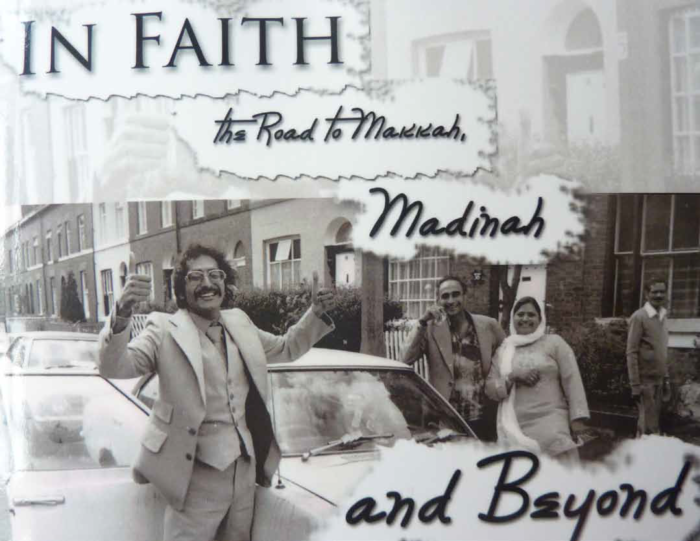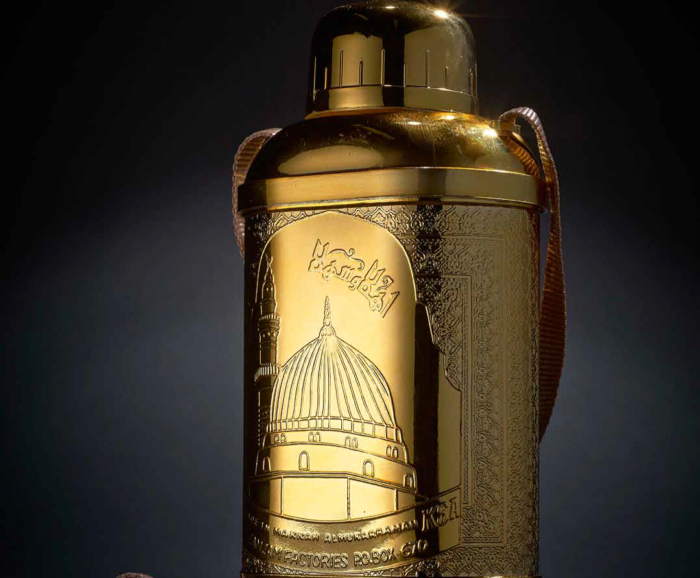Remembering the Holy Places
Returning and Sharing Experiences
On their return from Hajj, pilgrims may be greeted by family and friends at the airport. Most can expect visitors at home offering congratulations, "Hajj Mubarak" (blessings of Hajj), and enquiring "How was your Hajj?".
Stories of Hajj experiences are shared in many different ways. Such experiences can inspire others to think about making the pilgrimage. In a long tradition of publishing accounts, some British Muslims have even written books about their Hajj journeys. Personal diaries are usually for more private reflections.
I get a special welcome because people give me a hug and say, 'Hajji, Hajji' so call my name. So it's the next level. ... I feel great, feel happy in my life. So that's the respect you get ... I share with people who hasn't been there, to fulfil their Islamic pilgrimage
Objects, Memories and Sharing Blessings
Most pilgrims return from Hajj with a range of souvenirs. Ka'ba themed wall-hangings and "Islamic" technological gadgets may be made in China or elsewhere. However, when given as gifts they can share some of the blessings (baraka) of the Holy Places.
As for themselves, when a pilgrim prays towards the ka'ba back at home using tasbih (prayer beads), a headscarf, cap or a musalla (prayer mat) purchased in Makkah or Madinah, this can also trigger powerful memories and emotions.
I was looking for little, special things ... that someone would actually keep. ... I remember, from Madinah, I got a silver ring for my nephew, which he still has to this day. ... And I believe that, hopefully, every time my friend or whoever wore what I gave them, they would be blessed or they would at least think of that place that it came from.
Zamzam Water, Madinah Dates
Airlines currently allow each pilgrim to carry around 10 litres of Zamzam water back home with them. Pilgrims, their families and friends tell stories about its medicinal and curative properties. As the Hadith relates, "Zamzam is whatever it is intended to be drunk for".
Visitors to the homes of some Hajjis may be invited to stand and drink Zamzam water facing Makkah. They may also be served dates from Madinah. Ajwah dates come from a variety of tree said to have been planted in the time of the Prophet (pbuh).
Most people who come back from Hajj make an effort to bring back Zamzam water and dates... So having Zamzam water is significant and when people come to visit you when you get back from Hajj it's traditional that what you serve them before tea or anything else is you put out dates and you put out Zamzam water.



